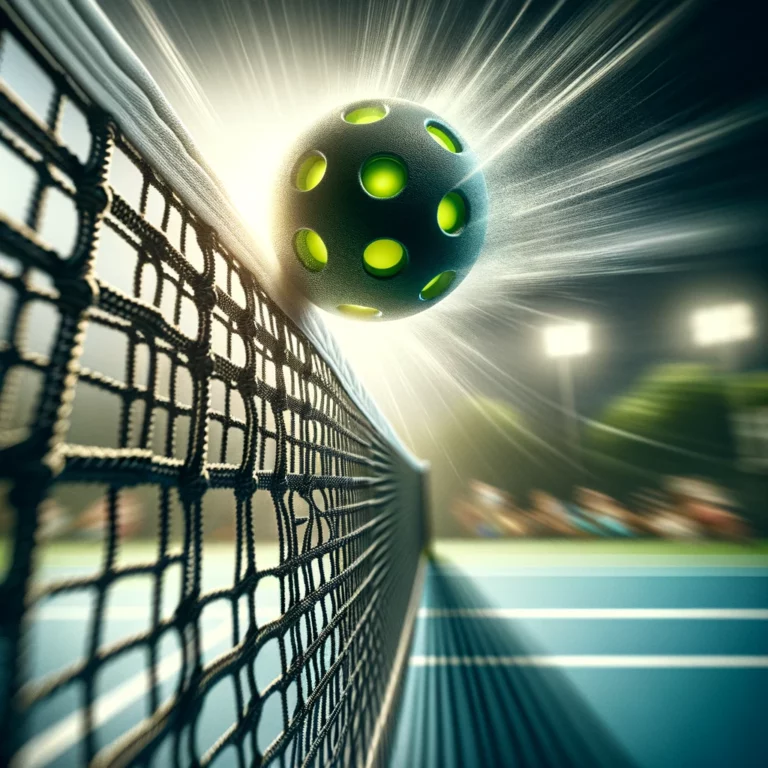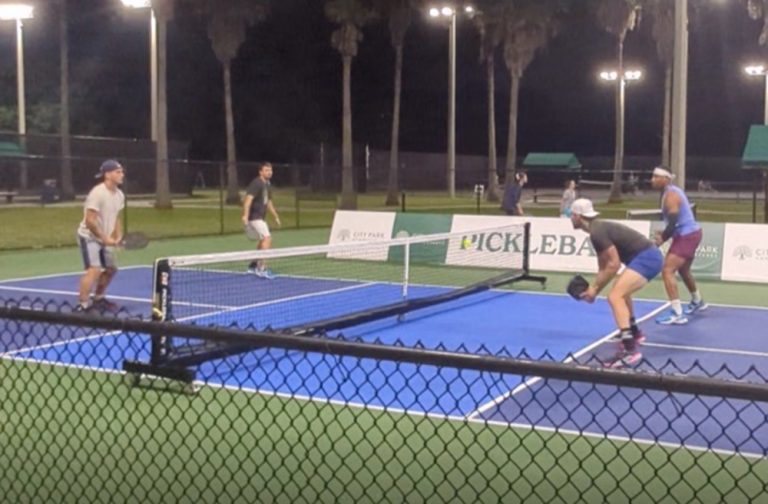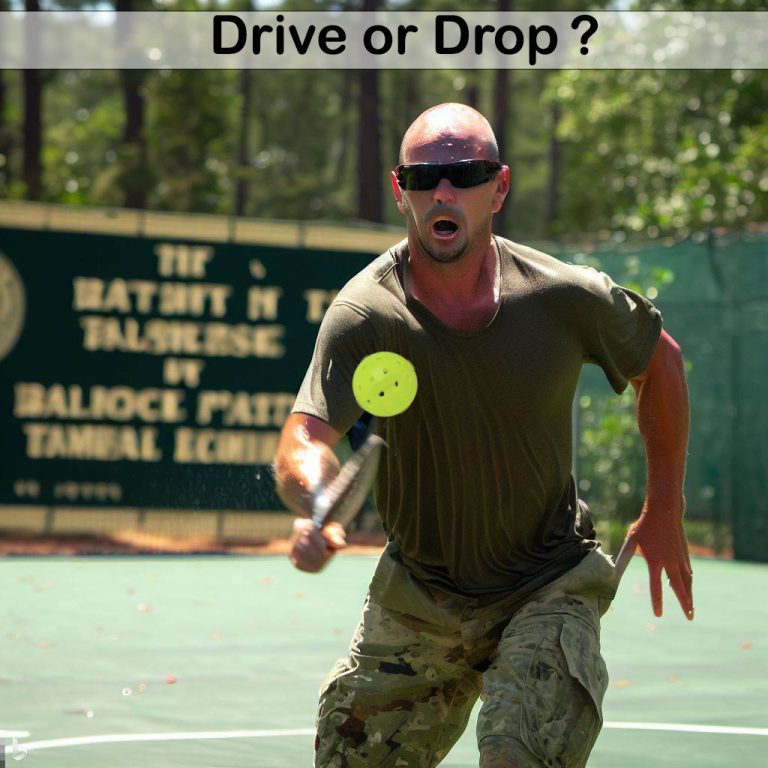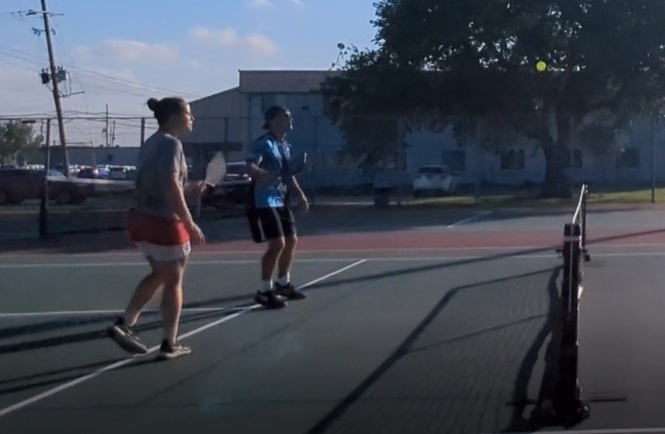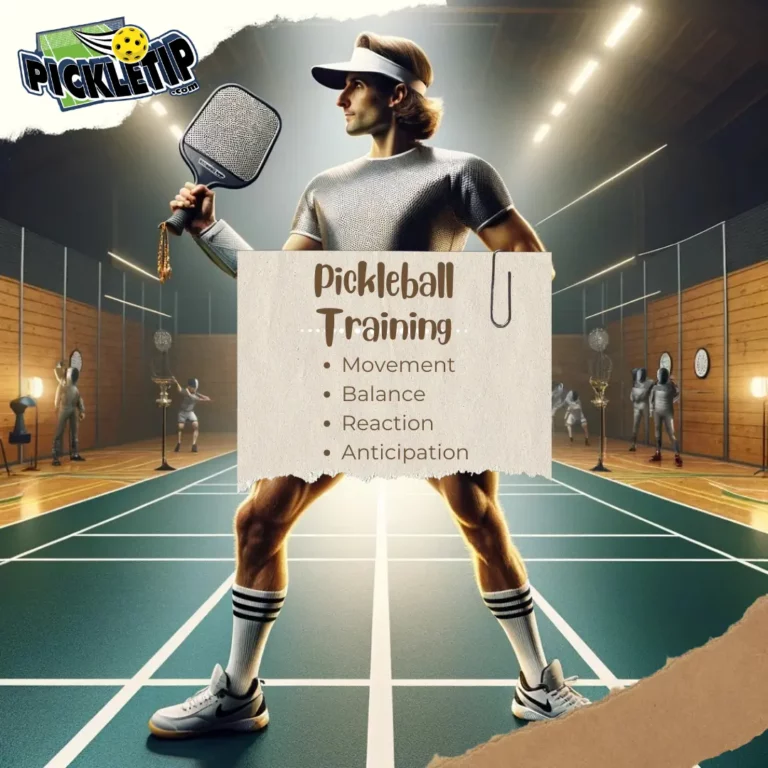Pickleball Serving Strategy: A Guide to Improve Your Gameplay
Mastering the Pickleball Serving Strategy: A Comprehensive Guide
This Pickleball Serving strategy’s effectiveness hinges on several factors. These include your skill level, your opponent’s skill level, and your execution of the strategy during gameplay. We will explore these points in detail in this article.
Your Skill Level and the Pickleball Serving Strategy
If you have a strong forehand and weak backhand, this strategy is ideal. It optimizes for forehand play and limits backhand exposure. Accurate serving is required to consistently target your opponent’s backhand, impacting the strategy’s effectiveness.
Considering Your Opponent’s Skill Level in the Pickleball Serving Strategy
The strategy assumes your opponent is right-handed with a weaker backhand. If your opponent has a strong backhand or is left-handed, the strategy is less effective. In these cases, their forehand would be on the opposite side to a right-handed player.
Executing the Pickleball Serving Strategy During Gameplay
The strategy’s success depends on in-game execution. For example, crossing the center line slowly after serving from the even side may expose open space for your opponent to exploit.
Adaptability: A Key Aspect of the Pickleball Serving Strategy
In pickleball, adapting your strategy based on the game’s progression often works better than sticking to a set strategy. If your opponent starts to catch onto your strategy and counters it, you’ll need to adapt.
A Deeper Look into the Pickleball Serving Strategy
Serving From The Even Side Near The Center Line
On the even side of the court (where the score is an even number), standing near the center line to serve benefits you in several ways. Firstly, serving from this position makes it easier to serve to your opponent’s backhand side. This is because a large majority of players are right-handed. Their backhand side will be the left side of the court from your perspective. Thus, you can target their typically weaker backhand return.
Secondly, after serving from near the center line on the even side, you are encouraged to cross the center line in singles to position yourself more centrally on the court. This way, your forehand is more likely to cover a larger portion of the court when the opponent returns the serve. A strong forehand stroke can help keep control of the rally, enabling more aggressive plays and potentially leading to more winning shots.
Serving From The Odd Side Away From The Center Line
On the odd side of the court (where the score is an odd number), this pickleball serving strategy suggests standing farther from the center line. This is due to the forehand advantage again. By standing closer to the right sideline (for right-handed players), you can have your forehand face the majority of the court. This makes it easier for you to return with your forehand. This position makes it more likely that the ball will be returned to your forehand side, offering an offensive advantage.
In both cases, the aim is to force a backhand return from your opponent and position yourself to return with your forehand, thus retaining the offensive upper hand in the rally.
Be Aggressive
Start wide on your forehand side for more offensive options. This position allows for better vision and greater cross-court angles. It is particularly valuable if you have a weak backhand, as it positions you to receive more balls on your forehand side.
If you have a weak backhand, this strategy is even more valuable. By positioning yourself to receive more balls on your forehand side, you can mitigate the risk of having to play your weaker backhand shot. This could lead to more controlled rallies, fewer unforced errors, and potentially, more points.
Remember, while this serving strategy can be beneficial, it’s also essential to understand your opponent’s strengths and weaknesses. If your opponent has a strong backhand, for example, it might not be as effective to consistently serve to their backhand side. Likewise, if they are adept at exploiting cross-court angles, you might need to adjust your positioning to counter this.
Intelligent court positioning, effective use of serves, and understanding the intricacies of the forehand and backhand dynamics can significantly enhance your performance in pickleball.
Implementing the Pickleball Serving Strategy: Singles vs Doubles
This strategy suits both singles and doubles, but the game types’ nature demands different implementations.
Singles
In singles, this serving strategy can be highly effective because you have the entire court to target with your serve and subsequent shots. You can try to exploit your opponent’s backhand and control the majority of the court with your forehand as discussed earlier. The key factor here is your mobility and shot selection. Singles play requires a lot of movement and is typically more physically demanding. Therefore, positioning yourself to use your stronger forehand as often as possible and minimize the usage of your weaker backhand can be crucial.
Doubles
In doubles, the game dynamics change significantly. The court is divided into two lanes by the centerline, and you have a partner to cover half the court. Hence, you are typically responsible for half the court, either the left or right side, depending on your positioning. The forehand and backhand dynamics are still important, but the service positioning strategy differs because you’re now dealing with two opponents instead of one. There’s a greater emphasis on teamwork, communication, and positioning relative to your partner.
In doubles, the strategy of serving towards the opponent’s backhand might still be beneficial, but the follow-up positioning is different. After serving, you generally want to move towards the net and maintain a strong position at or near the ‘kitchen’ line (the non-volley zone), irrespective of the even or odd side you’re serving from. This is crucial for controlling the net and dominating the point. However, adjusting your positioning slightly to cover more court with your forehand, as suggested in the original pickleball serving strategy, can be beneficial, provided it doesn’t disrupt your fundamental doubles positioning.
Final Thoughts on the Pickleball Serving Strategy
While beneficial for both singles and doubles, its application varies greatly. Adaptability is key, and the most effective strategies often involve understanding your opponent’s weaknesses and altering your play style to exploit them.



